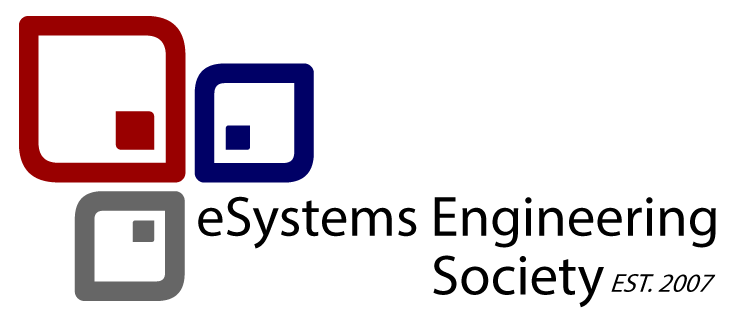Synopsis
Aiming to improve service provision across the area of application and developing better ways of delivering these services is a major goal of eSystems engineering. For example many of the world’s governments are at presentengaged in automating the routine processes of government to enable tasks to be completed in an online environment; thus allowing greater access to services and reducing the burden on the user’s time. Furthermore the advent of mobile computation allows sevices content and tasks to be manipulated from any location. These advances have brought many technical challenges including the management of the engendered complexity in such systems. At the same time autonomic systems have been widely proposed as a solution to manage complex software systems. Thus it is highly relevant to consider how recent advances in autonomic systems may be applied to problems encountered in providing eServices to encompass a wide variety of applications and operating environments: Engendering autonomous behaviours within the eSystem components may alleviate the problems of system failures in the continuously evolving deployment environmnts and allow more flexible, robust and agile systems through automatic adaptation to user requirements. This symposium aims to bring together active researchers, including industry and academic professionals, to report on novel or ongoing research into all aspects of autonomic computing and its applications to eSystems.
Topics
Topics of particular interest include (but not limited to) the following:
- New tools and techniques for specifying, designing, implementing and deploying autonomic e-system applications and services.
- Self-organisation in autonomic networks for e-services.
- New frameworks, architectures or networks to enable the provision of autonomic e-services.
- Implementations of autonomic (self-*) behaviour to support e-systems including; self-healing, self-optimization, self-configuration, self-tuning and self-protecting.
- Autonomic eSystems case studies.
- Autonomic middleware to support eSystems.
- Trust and security in autonomic applications to eSystems.
- Management of autonomic systems for adaptability, flexibility, robustness, agility and extensibility.
- Modelling, design and analysis of self-securing e-system applications to address issues of privacy, security and trust.
- Providing self-aware eSystems.

